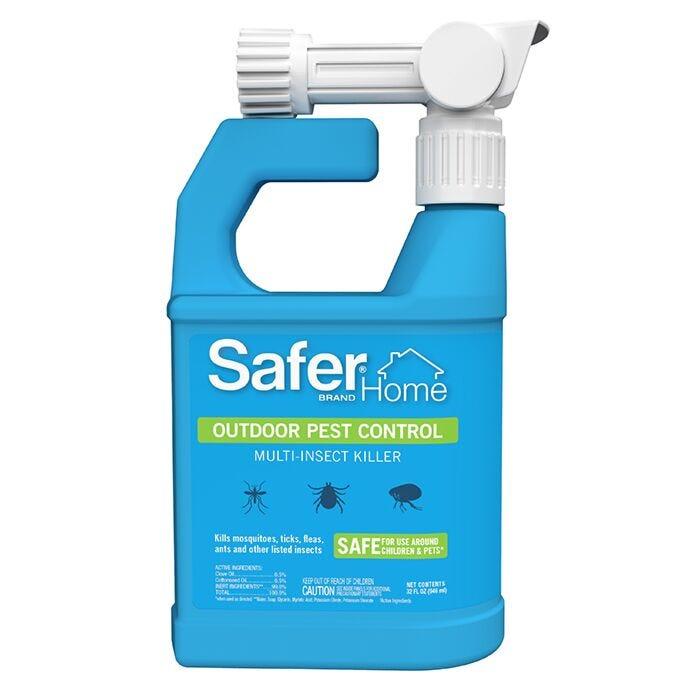Table of Contents
- Safe Handling and Storage Practices to Prevent Accidents
- Effective Communication and Labeling for Shared Spray Products
- Protective Gear Recommendations for User Safety
- Proper Cleanup and Disposal Methods to Minimize Health Risks
- To Conclude
Safe Handling and Storage Practices to Prevent Accidents
When working with spray products in shared environments, it is crucial to implement stringent safety protocols to mitigate risks of accidental exposure or spills. Always ensure containers are tightly sealed after use and stored upright in a designated, well-ventilated area away from direct sunlight or heat sources. Using clearly labeled, secure storage units minimizes confusion and helps maintain order. Additionally, equipping the storage area with spill containment measures, such as absorbent mats or trays, can prevent hazardous runoff and make cleanup easier.
Proper handling techniques are just as important as storage. Encourage users to wear appropriate personal protective equipment, including gloves and eye protection, during application. Never mix different spray products unless explicitly instructed by the manufacturer, as chemical reactions can lead to dangerous fumes or explosions. To further reduce accident risks, display clear signage with safety guidelines, and provide easy access to emergency contact information and first-aid supplies. Implementing these practices fosters a safer shared environment and protects everyone involved.
Effective Communication and Labeling for Shared Spray Products
Clear and consistent communication is paramount when multiple individuals are using the same spray products. To prevent misuse and reduce the risk of accidents, establishing a standardized system for sharing information can make a significant difference. This includes setting designated channels for discussing product usage, potential hazards, and safety protocols. Utilizing collaborative tools such as group messages or shared digital notes ensures everyone stays informed in real time, fostering a safer and more responsible environment.
Labeling is equally critical to avoid confusion and misuse. Each spray container should be clearly marked with essential details, such as contents, date of opening, expiration date, and specific usage instructions. Employing waterproof labels and bold, easy-to-read fonts improves visibility and longevity of information. Additionally, color-coded labels can help quickly differentiate products by category or safety level, minimizing the risks associated with incorrect application or accidental exposure.
- Use waterproof, fade-resistant labels for durability.
- Standardize communication methods among all users.
- Implement a color-coding system for quick product identification.
- Keep safety data sheets accessible and updated.
Protective Gear Recommendations for User Safety
When handling spray products, prioritizing personal protection is paramount to avoid exposure to potentially harmful chemicals. Users should consistently wear chemical-resistant gloves to prevent skin irritation or burns. Additionally, using goggles or safety glasses safeguards the eyes from mist and accidental splashes, while a respirator or face mask is essential for filtering out airborne particles and vapors. Opting for long-sleeved garments and sturdy footwear further minimizes direct contact with skin, reducing the risk of contamination.
For those sharing spray equipment, strict adherence to hygiene protocols is vital. Always ensure protective gear is thoroughly cleaned and disinfected between uses to avoid cross-contamination. Establish a dedicated storage space that keeps masks and gloves free from dust and chemical residues. By implementing these measures and investing in high-quality protective wear, users can significantly enhance safety and maintain a healthier environment for all involved.
Proper Cleanup and Disposal Methods to Minimize Health Risks
After using spray products in a shared environment, ensuring thorough cleanup is crucial to prevent residual chemical exposure. Always begin by ventilating the area-open windows and use fans to dissipate any lingering fumes. Next, carefully wipe down any surfaces that came into contact with the spray, including countertops, handles, and tools, using damp cloths with mild soap. These simple measures can dramatically reduce the risk of irritation or allergic reactions among others sharing the space.
Proper disposal of spray product containers is equally essential to minimize environmental and health hazards. Empty or partially used cans should be handled as hazardous waste where local regulations apply, rather than general trash. Some effective best practices include:
- Never puncture or incinerate aerosol cans to avoid potential explosions.
- Utilize designated collection sites for hazardous household waste.
- Follow manufacturer guidelines for disposing of leftover products and packaging.
To Conclude
In conclusion, prioritizing safety when using spray products in shared environments is essential to protect the health and well-being of all users. By adhering to proper usage guidelines, ensuring adequate ventilation, and clearly communicating protocols, individuals and organizations can significantly reduce risks associated with aerosol applications. Staying informed and vigilant fosters a safer space for everyone, underscoring the importance of responsible practices in shared settings.Check Our Other Blogs
- StunGun – Your Trusted Source for Stun Guns, Laws, and Self-Defense Tips
- PepperSprayLaws – Your Trusted Resource for Pepper Spray Information
- StunGunLaws – Your Trusted Guide to Stun Gun Legality and Safety




